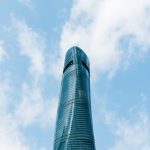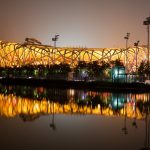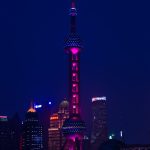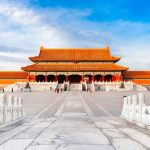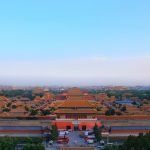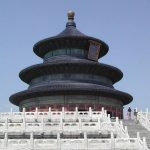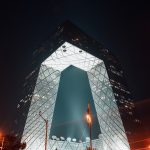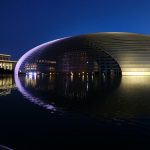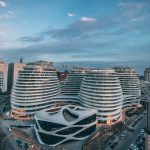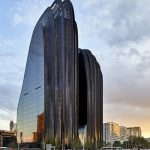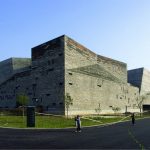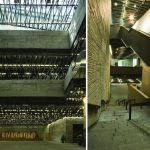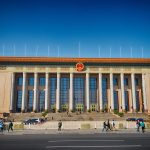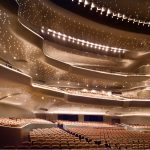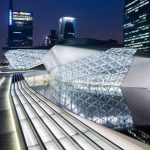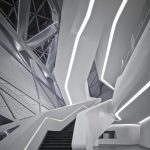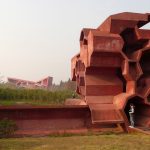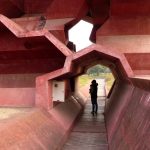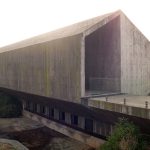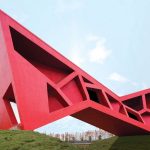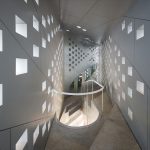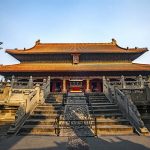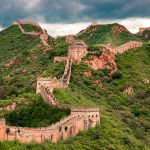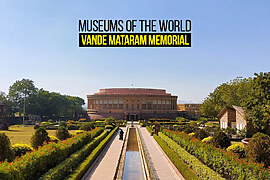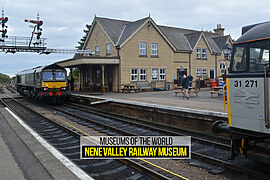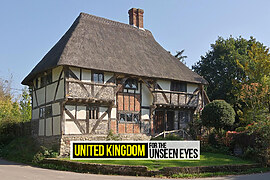Chinese architecture is characterised by bilateral symmetry, use of enclosed open spaces, feng shui (e.g. directional hierarchies), a horizontal emphasis, and an allusion to various cosmological, mythological or in general symbolic elements. Chinese architecture traditionally classified buildings of China according to type, ranging from pagodas to palaces. Here are 15 Architectural marvels of China.
Shanghai Tower | Buildings Of China
This 127-story high tower is the world’s second-tallest building in Shanghai. Its signature helical shape gives it a unique appearance. The tower harvests some rainwater and reuses it, it also employs the use of solar panels and wind turbines that make the towering energy efficient. The two-layer glass facade is also an efficient energy-saving mechanism and a marvelous execution of 21st-century engineering. The view from the tower is mesmerizing, the Huangpu River and the cityscape of Pudong are all worth seeing along with the architectural marvel of the tower itself.
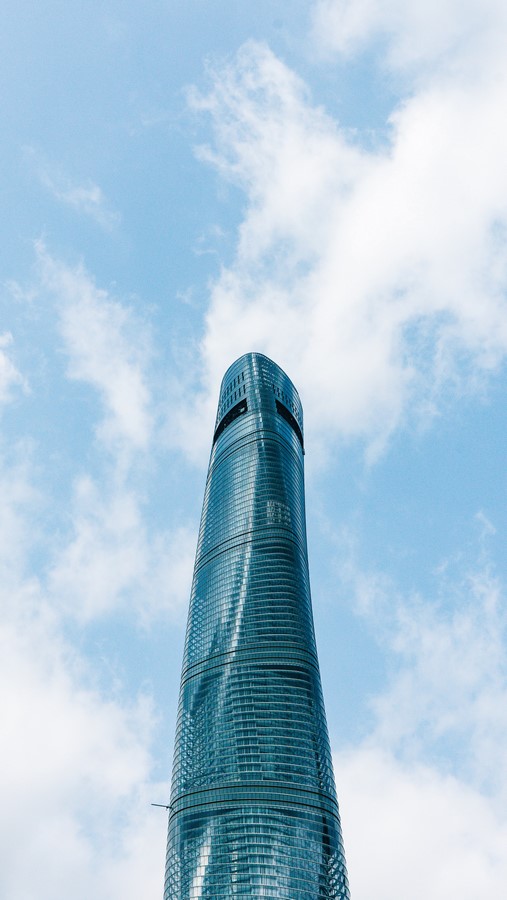
Beijing National Stadium
Also known as the Bird’s Nest because of its steel lattice envelope, inspired by Chinese-style crazed pottery. The pattern, seemingly random, actually abides by the complex rules of advanced geometry. The circular shape of the stadium represents “heaven” and the square complex adjacent to it, The National Aquatic Center (Water Cube) is the Chinese Symbol for Earth. This iconic structure was designed keeping in mind the experience of the spectators. The seating bowl was therefore designed first with the outer facade wrapped around it, like this, the audience is close to the events with a clear line of sight.
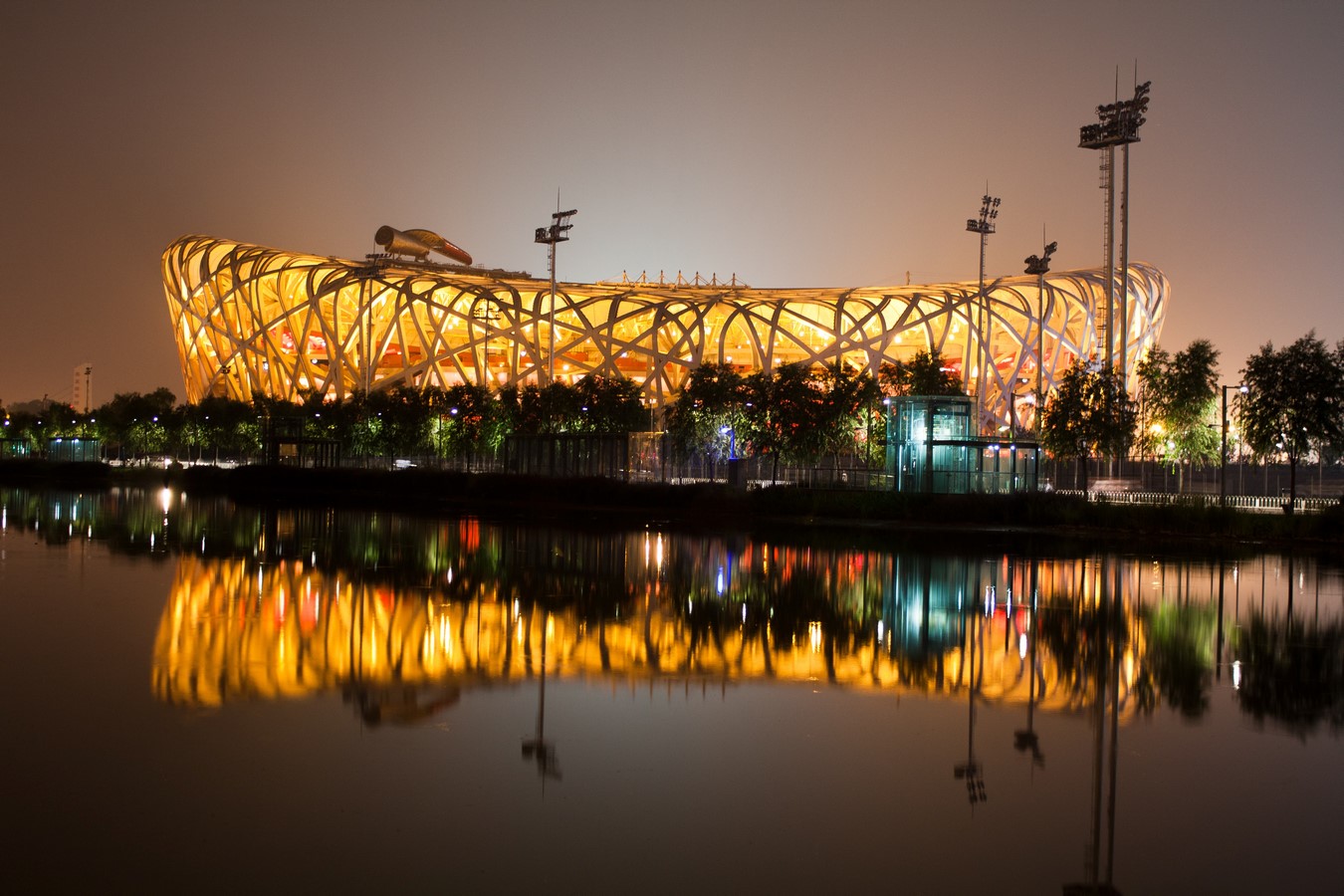
The Forbidden City | Buildings Of China
The rich and mighty history of China is known to the whole world, and so is the unparalleled beauty of its architecture. The Forbidden City is no exception. As its name drips with fantastical allure, its architecture is equally mystical as it was the center of Chinese power for five centuries. The city was fully accessible only to the King of the Ming Dynasty and other officials and members of the imperial family were only allowed to enter certain areas. The Palace complex and the whole city of Beijing are aligned in a North-South line and follow the basic principles of Feng Shui. The most important buildings in the compound face the South to honor the Sun and are arranged to express the imperial power. This 178-acre marvel was declared a World Heritage Site by UNESCO in 1987 and is definitely a must-watch site on an architect’s bucket list.
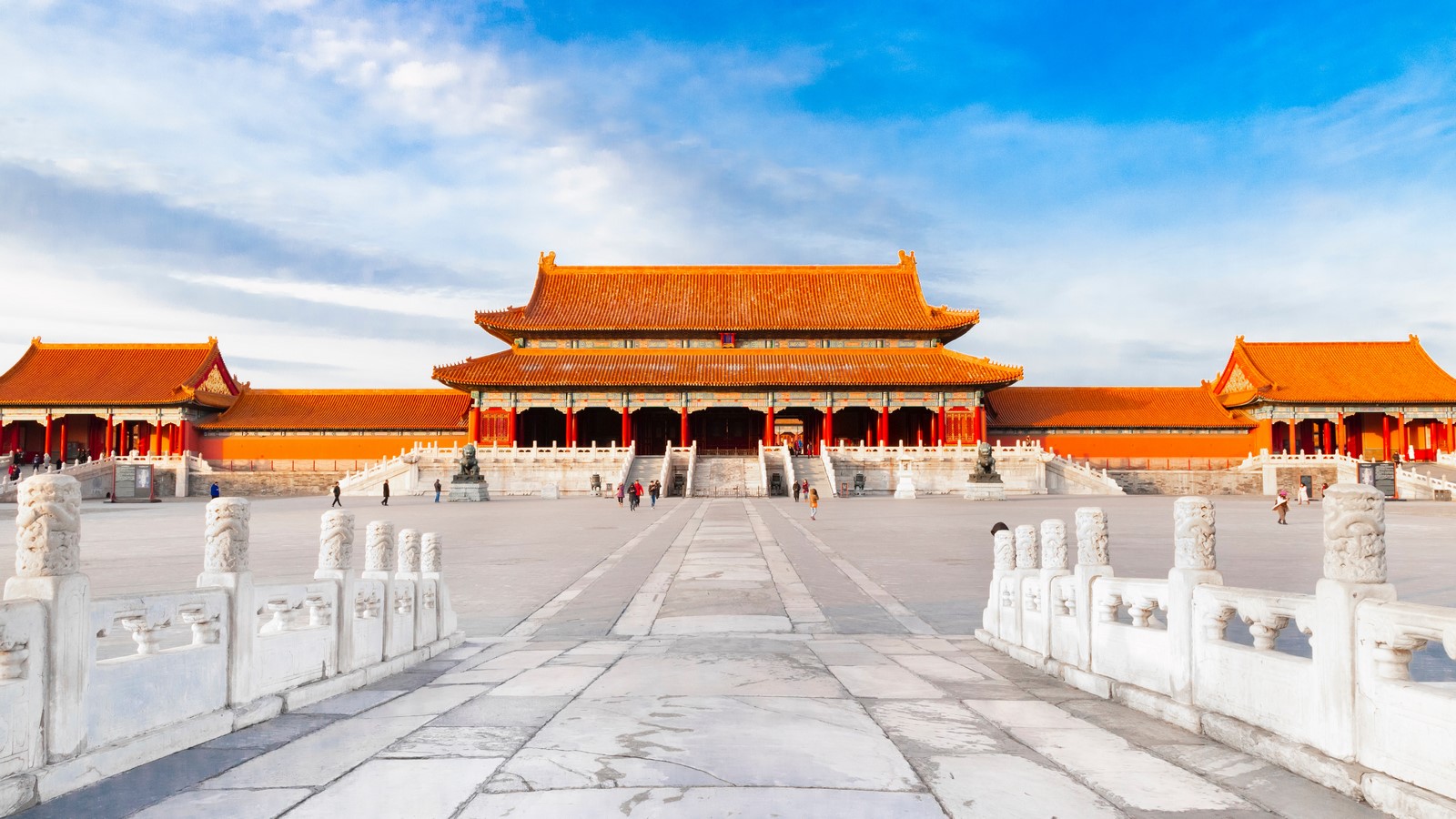
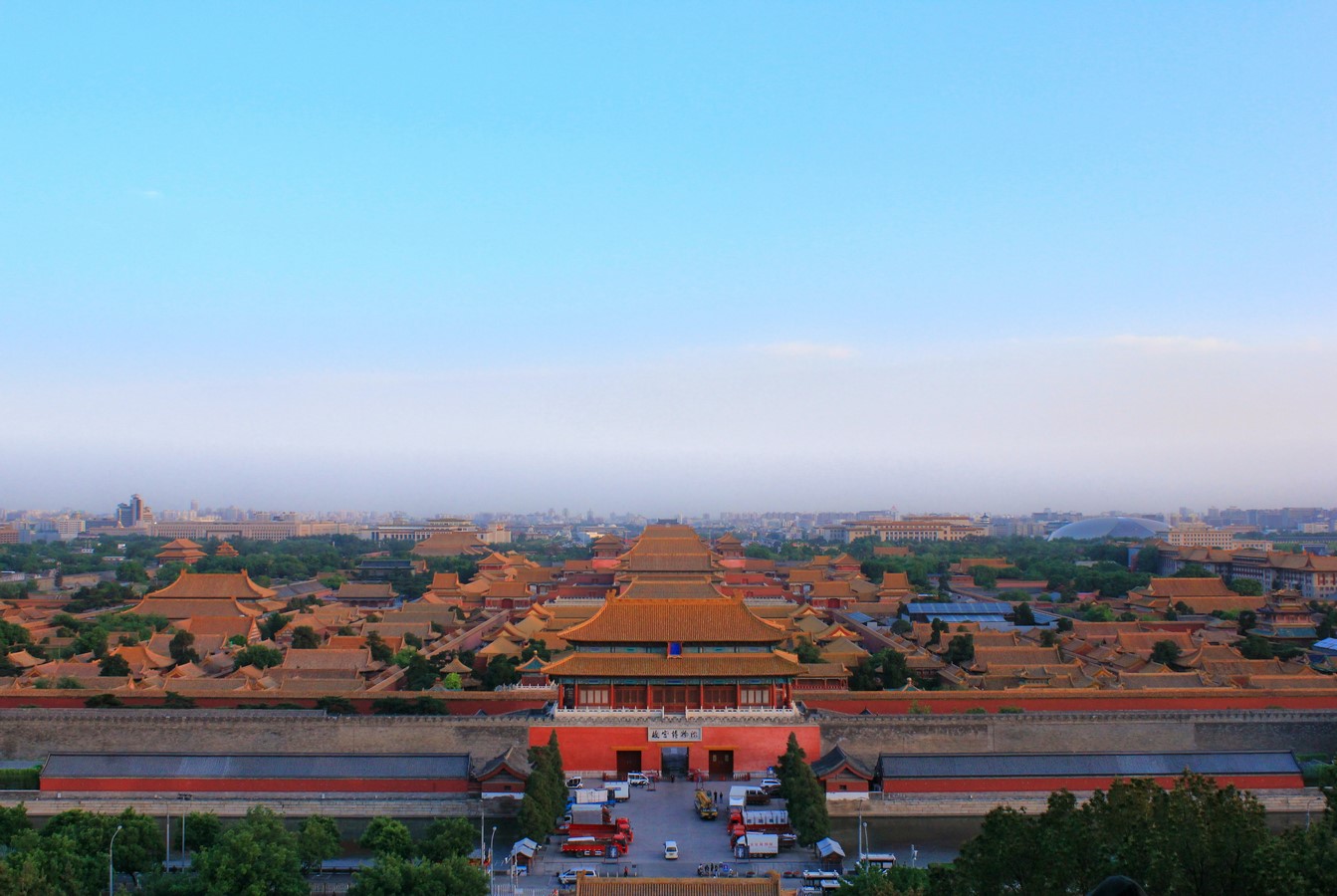
CCTV Headquarters
Defying the conventional form of a skyscraper, the architect Rem Koolhaas wanted to create a very recognizable and unique addition to Beijing’s skyline. Having successfully achieved that, the CCTV Headquarters is another marvel of Chinese contemporary architecture with two towers soaring high and joined by a cantilever at the top, leaving an empty void in the middle to further add to the overwhelming character of the building. This irregularly shaped and one-of-a-kind skyscraper is an architectural wonder every architect must visit.
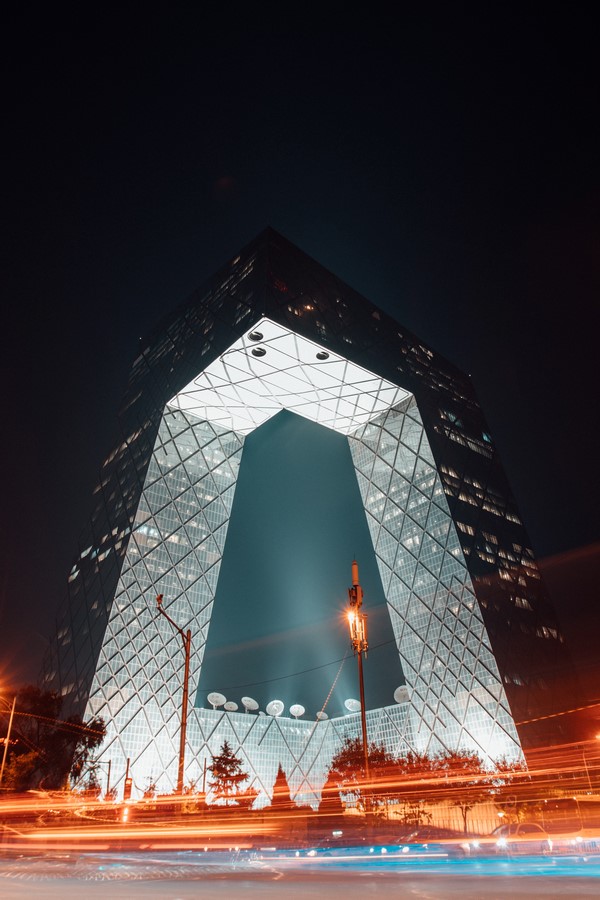
Galaxy Soho | Buildings Of China
Curved platforms within four domes, tangled together with surrounding courtyards as breathing spaces, and bridges as connectors, the retail and entertainment complex is evidence of Chinese contemporary development. The public spaces try to engage the city and the form of the structure is a modernised inspiration from nature added to the urban landscape of the city. With restaurants and bars on the top floors, offices in the middle, and retail units on the ground level, Galaxy Soho has 18 floors in total, clad with aluminium and stone on the exterior facade, and terrazzo, stainless steel, and glass-reinforced gypsum used in the interior spaces.
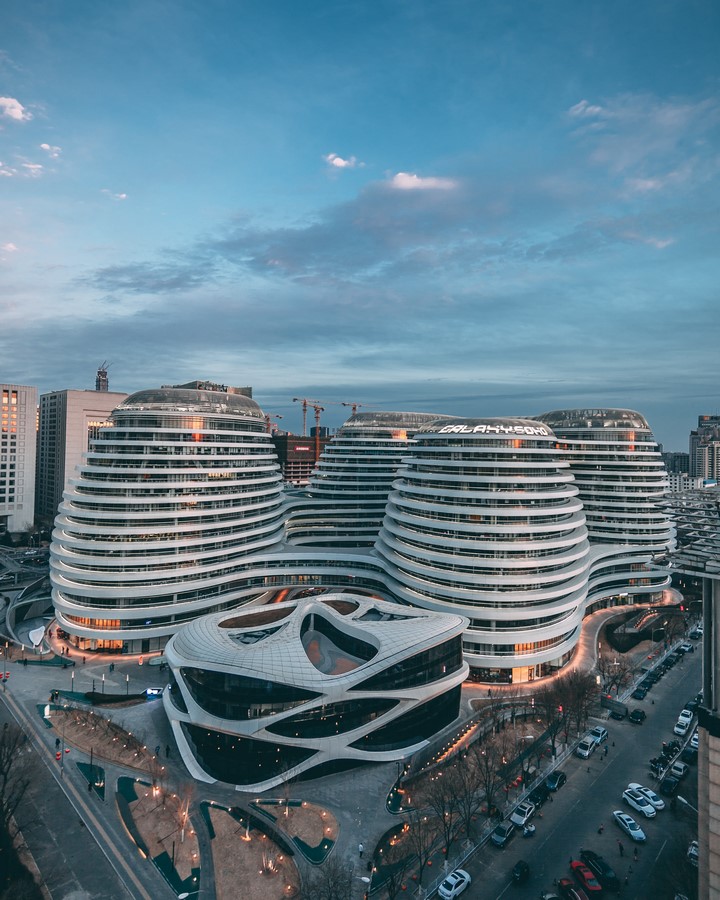
Chaoyang Park Plaza
The artistic expression exhibited in the architecture of this large complex is a fusion of nature with a man-made environment. In the heart of China’s heaving and energetic urban setting, the Chaoyang Park Plaza is a refreshing sight of organic form, reaching for the sky in organic curves and plummeting back to the earth in gradual waves. The structure reflects the Chinese landscape painting technique of Shan Shui: irregular concentric circles looped and layers over each other to give the illusion of depth. This technique is employed and executed in the elevation rather than plan and forms a snake-like movement of the contours of the Chinese mountains and ridges. The Plaza is worth visiting for every architect out there and holds lessons in expressionism for all enthusiasts.
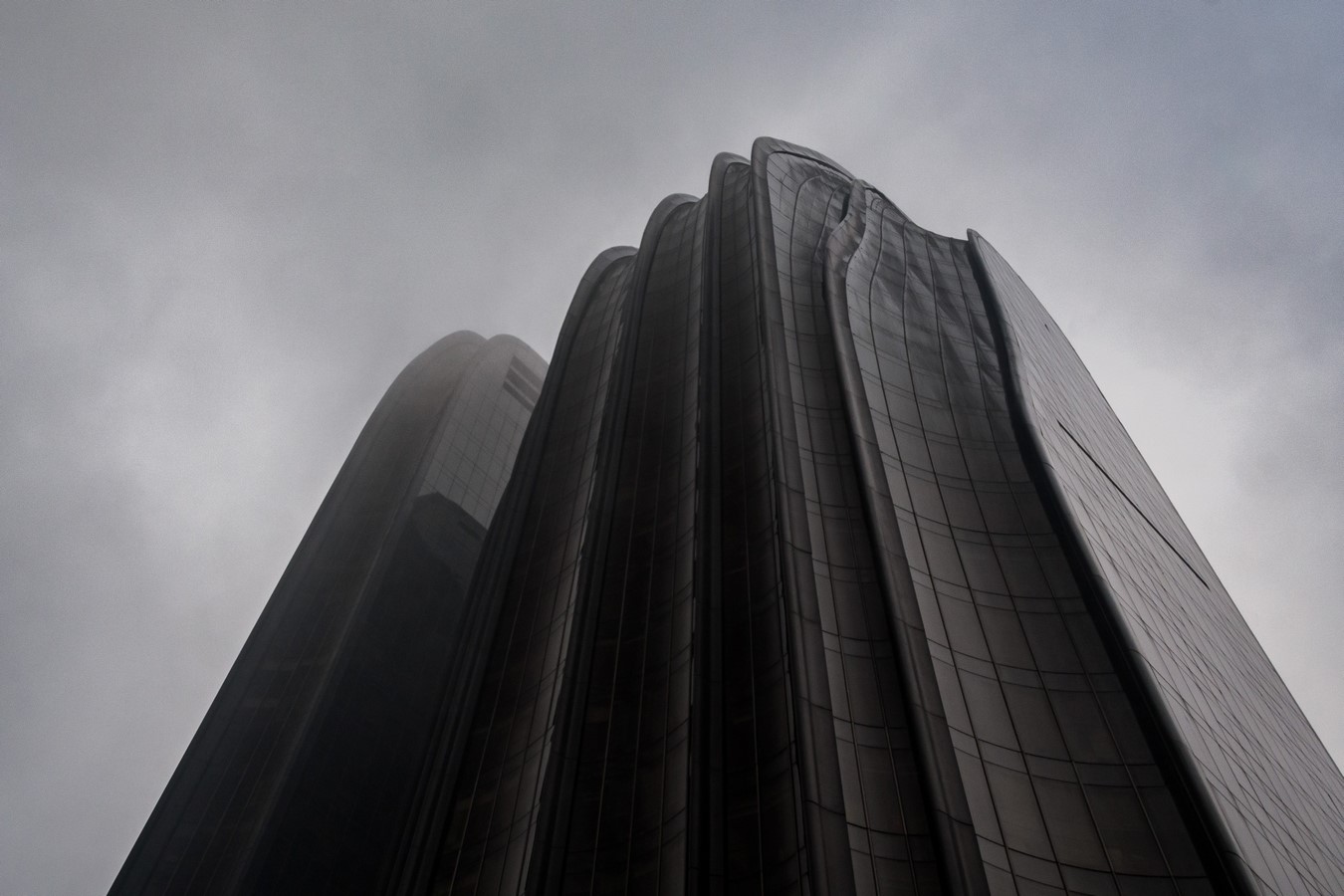
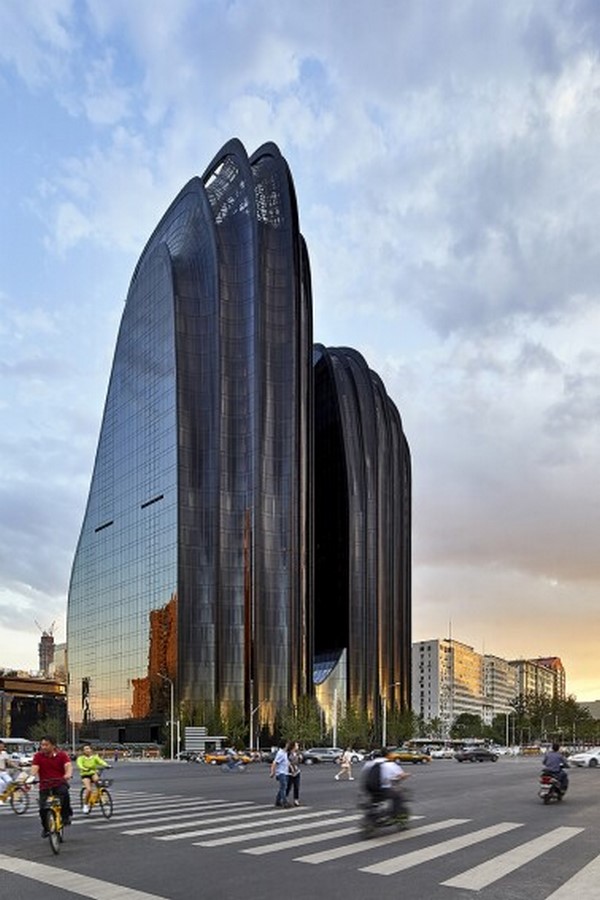
Jinhua Architecture Park | Buildings Of China
Abandoned and ignored over political disputes over maintenance, Jinhua Park now houses pavilions and surreal monuments designed by some of the most influential architectural firms in China. Ranging from exhibition rooms, and reading rooms to archeological archives and bridges as tearooms and coffee houses, the park brings to life experiments, hopes and dreams, and designs of architects which, if not for this location, would have stayed on paper as ideas. The contemporary is seen practiced without bounds in its truest essence and the park is a small glimpse of what the future has the potential to look like if we dare.
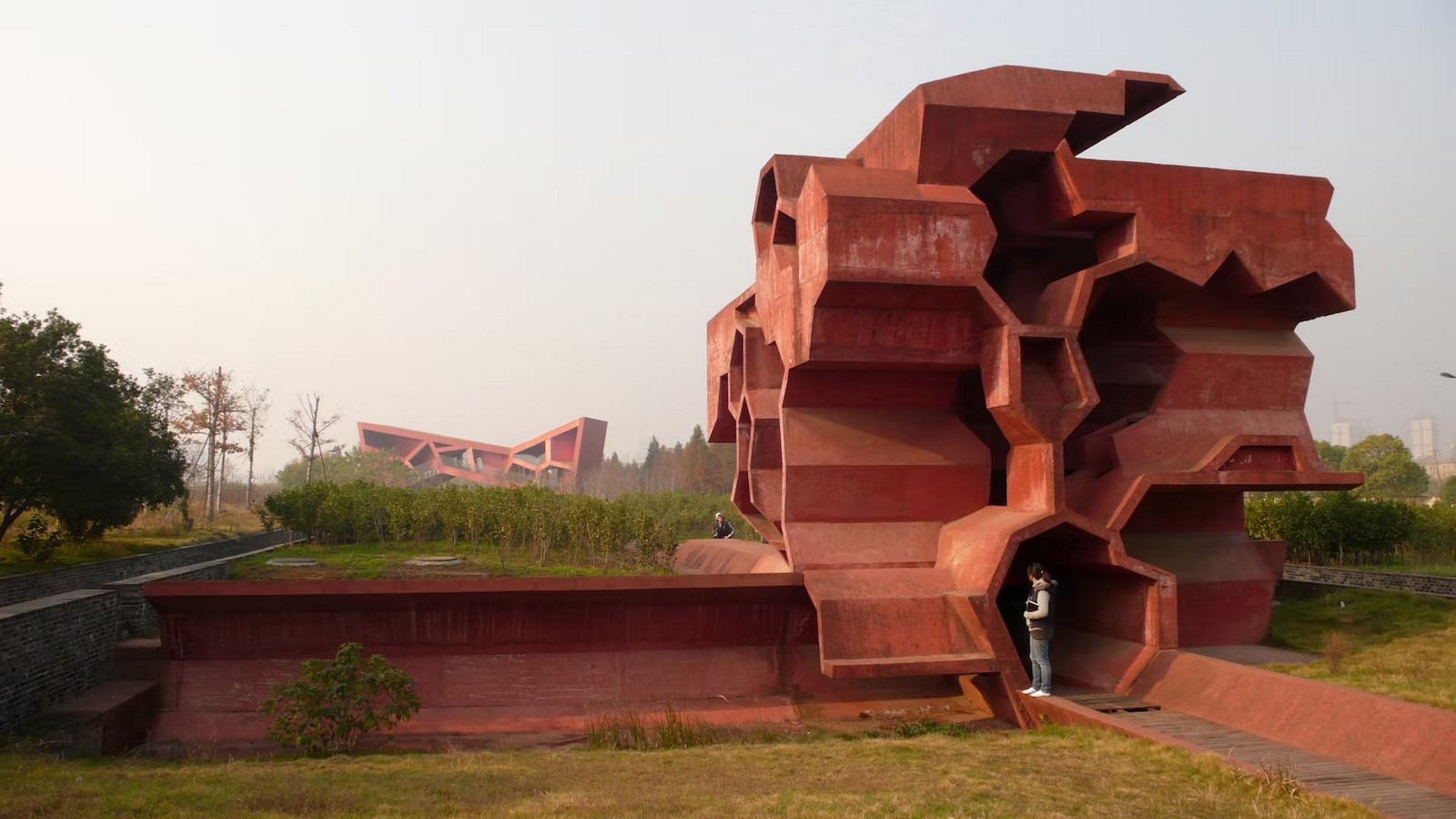
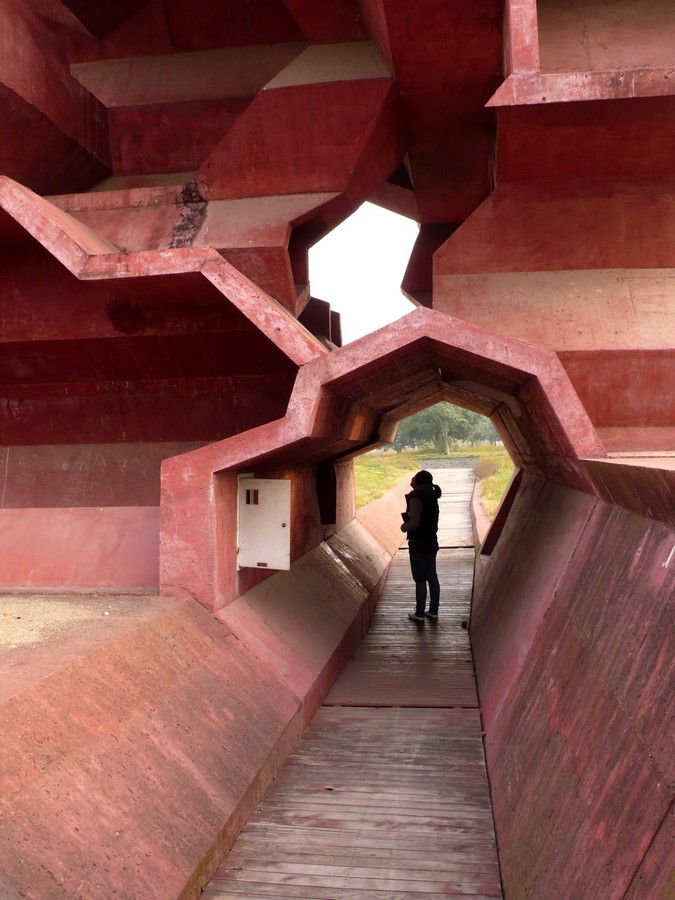
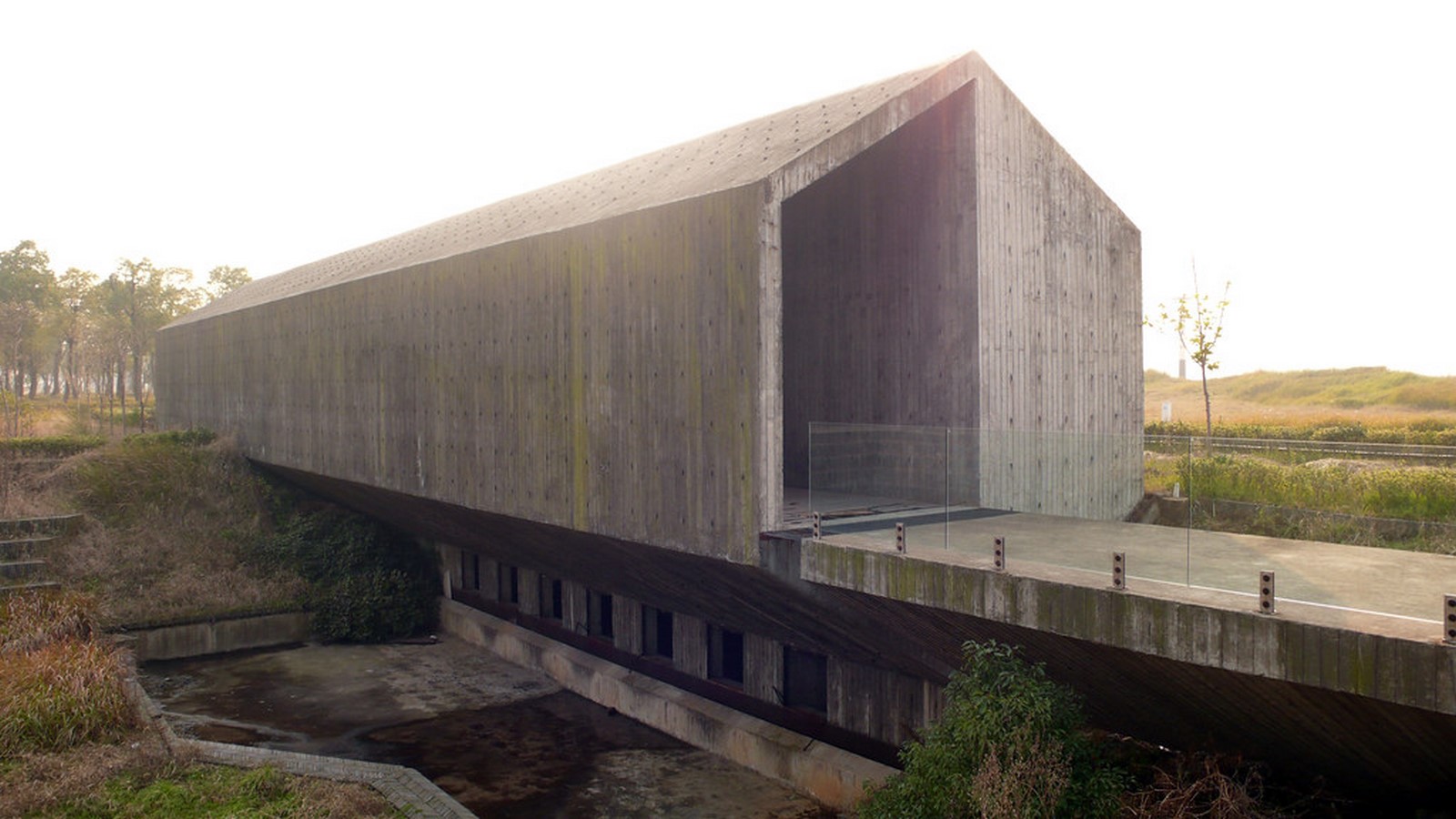
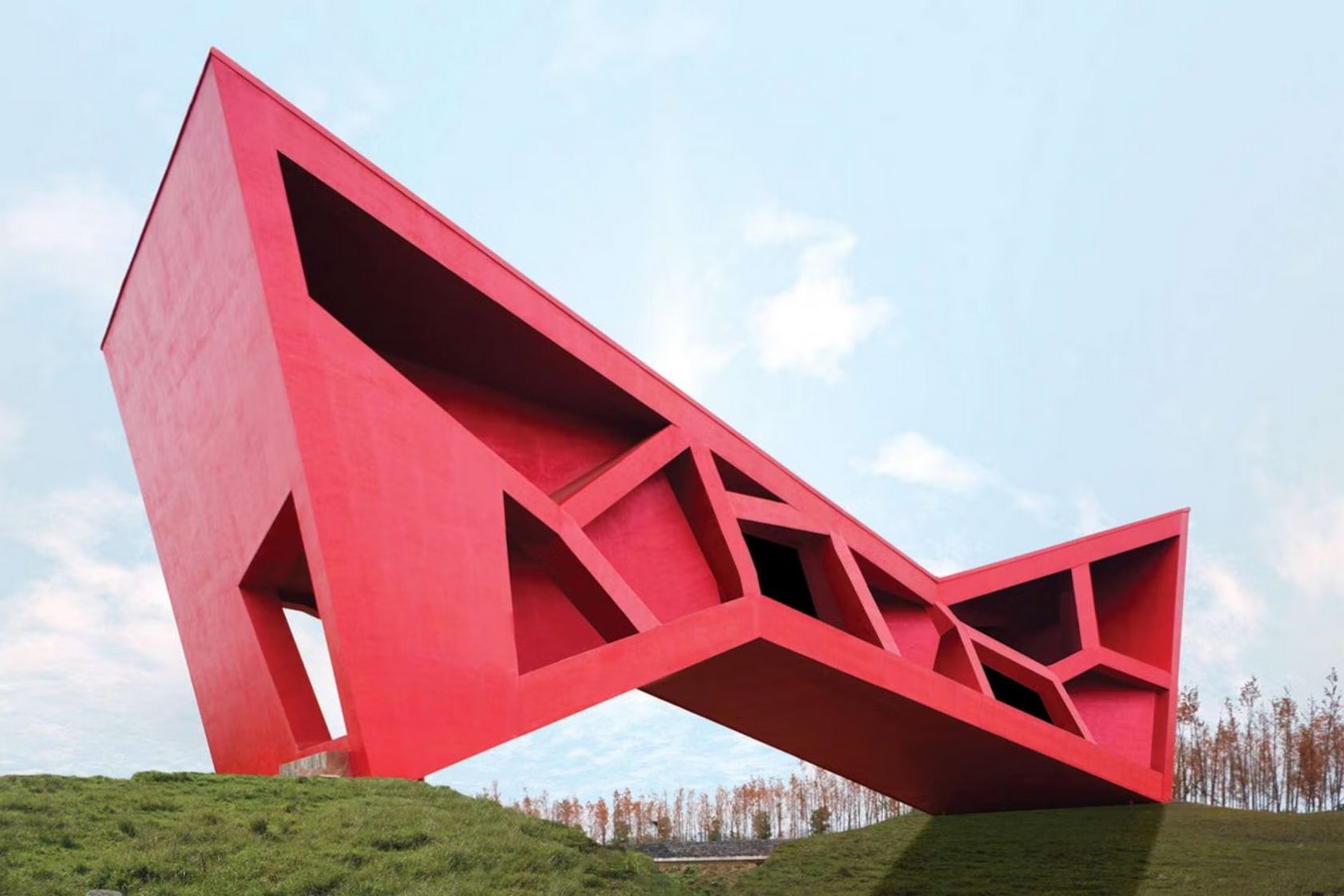
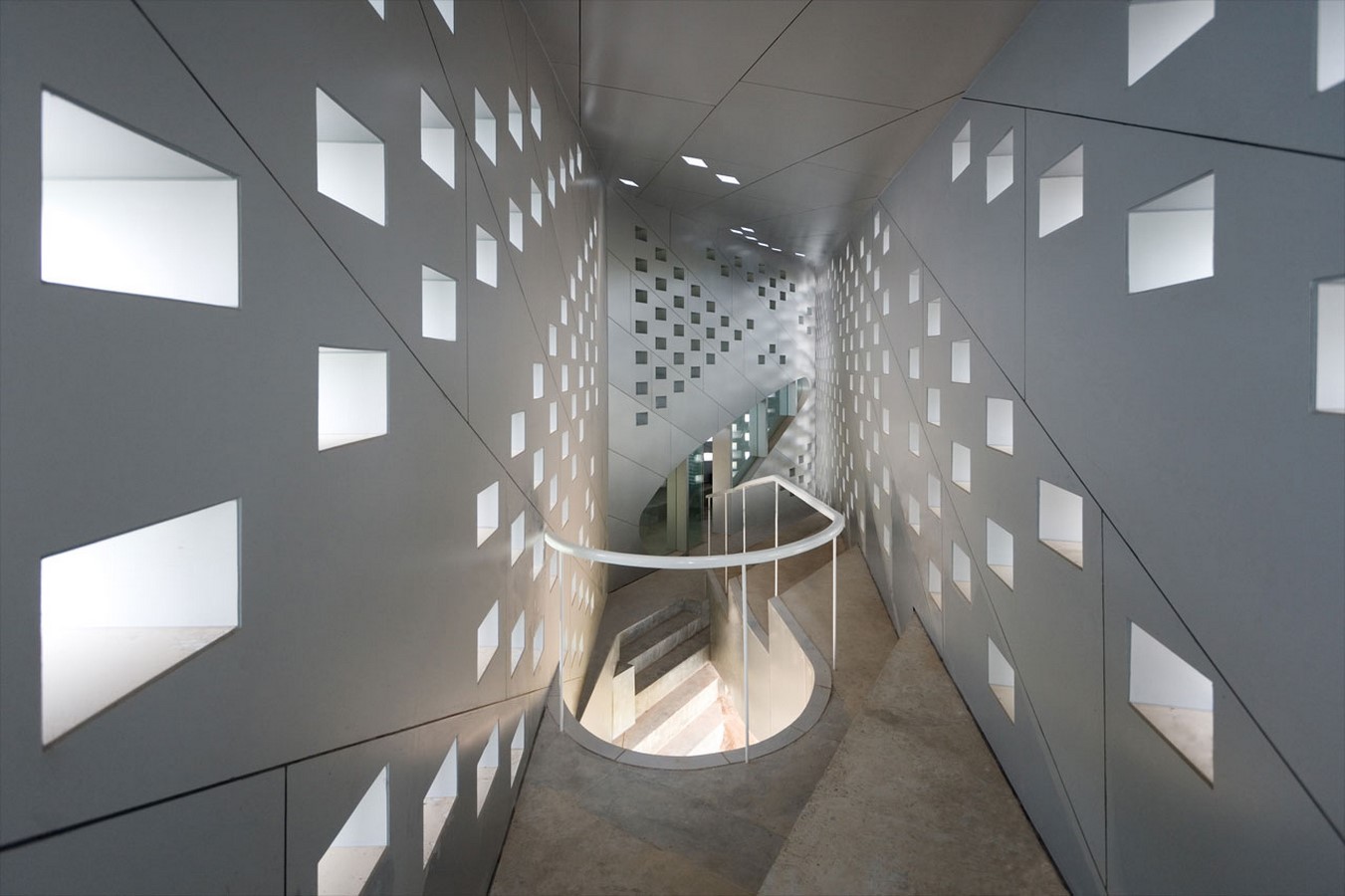
The Great Wall of China
Constructed over a period of 2000 years, The Great Wall of China is the most visited cultural monument in the country and the largest architectural structure built in the history of humankind. It was built originally to protect the Chinese Empire from the nomadic tribes of the North. It’s evidence of the evolution of building and engineering skills throughout the centuries. It is compared to a dragon, moving across the whole country from the Pacific to the Silk Road across plateaus, grasslands, and deserts. What is interesting to note is the usage of sticky rice as mortar is the reason for the architecture’s longevity. The astronauts reported its sighting from outer space, which gives all the more reason for architects to definitely visit this grand example of Chinese architecture.
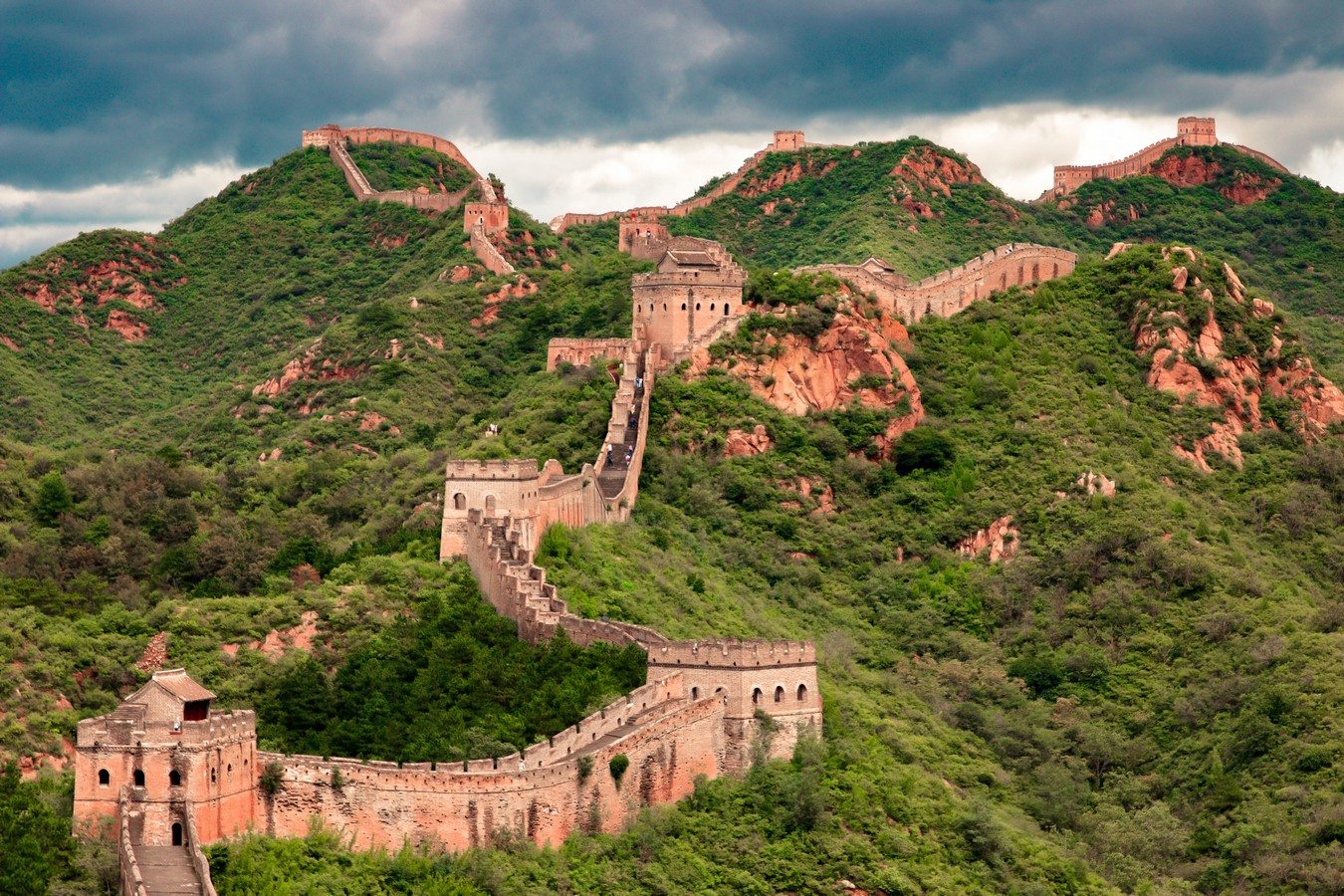

Oriental Pearl TV Tower
Among the many landmarks of Shanghai’s urbanscape, Oriental Pearl TV Tower holds a lot of significance. The design proposal had to go through a lot of screening as it was finalised after a competition. The tower, located in the Lujiazui Area, reflects oriental cultural aesthetics, and architectural expression in a contemporary manner all the while coordinating with the environment and context of its surroundings. Its individual and novel structure, coupled with the technology and art combined together, make it a marvel every architect must see in China.
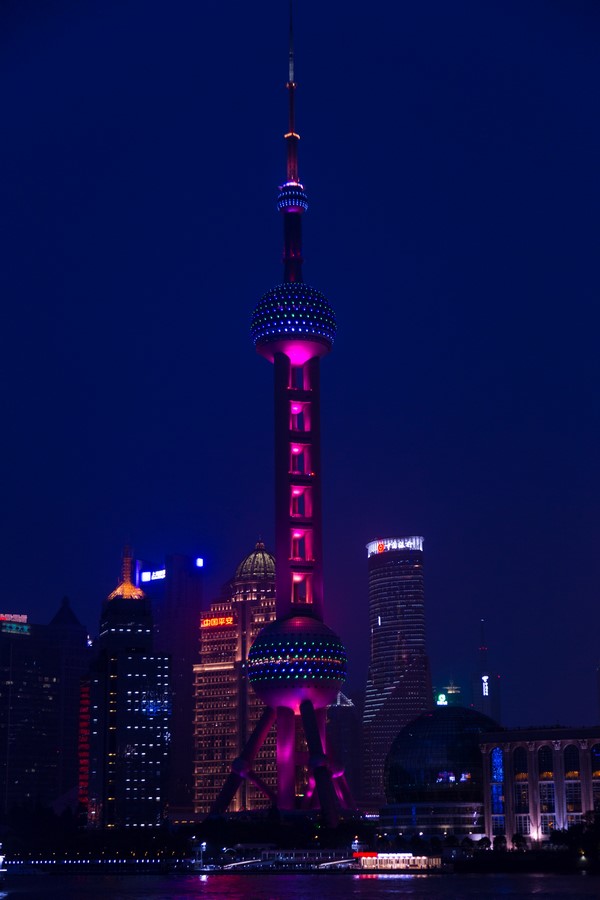
The Temple of Heaven | Buildings Of China
Set in the historic pine woods, the Temple of Heaven was founded in the 15th Century. A significant complex of cult buildings surrounded by gardens, this Temple is the pinnacle of Chinese cosmogony. Its architecture vibrantly expresses and symbolizes the relationship between Earth and Heaven, be it the overall layout or the individual buildings. The Chinese Imperial Sacrificial Altar portrayed the connection between God’s world (heaven) and Human’s world (Earth) and the emperor’s role within that connection. It is indeed an architectural masterpiece emphasising the impact of one of the world’s greatest civilizations on the landscape and architecture of the Far East.
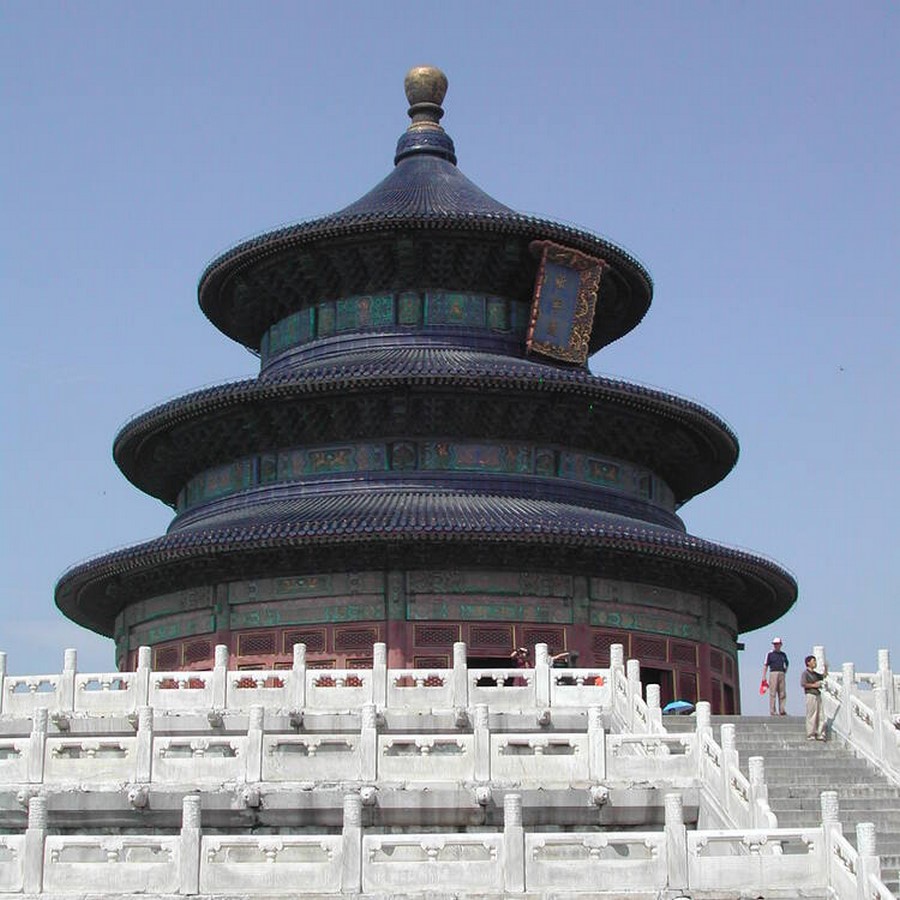
National Grand theater
In the past two decades, China has witnessed an addition of new landmarks and the National Grand Theater makes the list. The colossal 149,500 square metre dome, the largest of the type in Asia, sits majestically next to a Lake on Chang An Avenue. It seems to protrude out of the water frozen in that movement of emergence. The glass roof strains the sunlight in during the day and movements inside during the night, giving the whole complex a living, breathing quality. It has art and exhibition spaces with three large performance areas weaved right into the heart of the city.
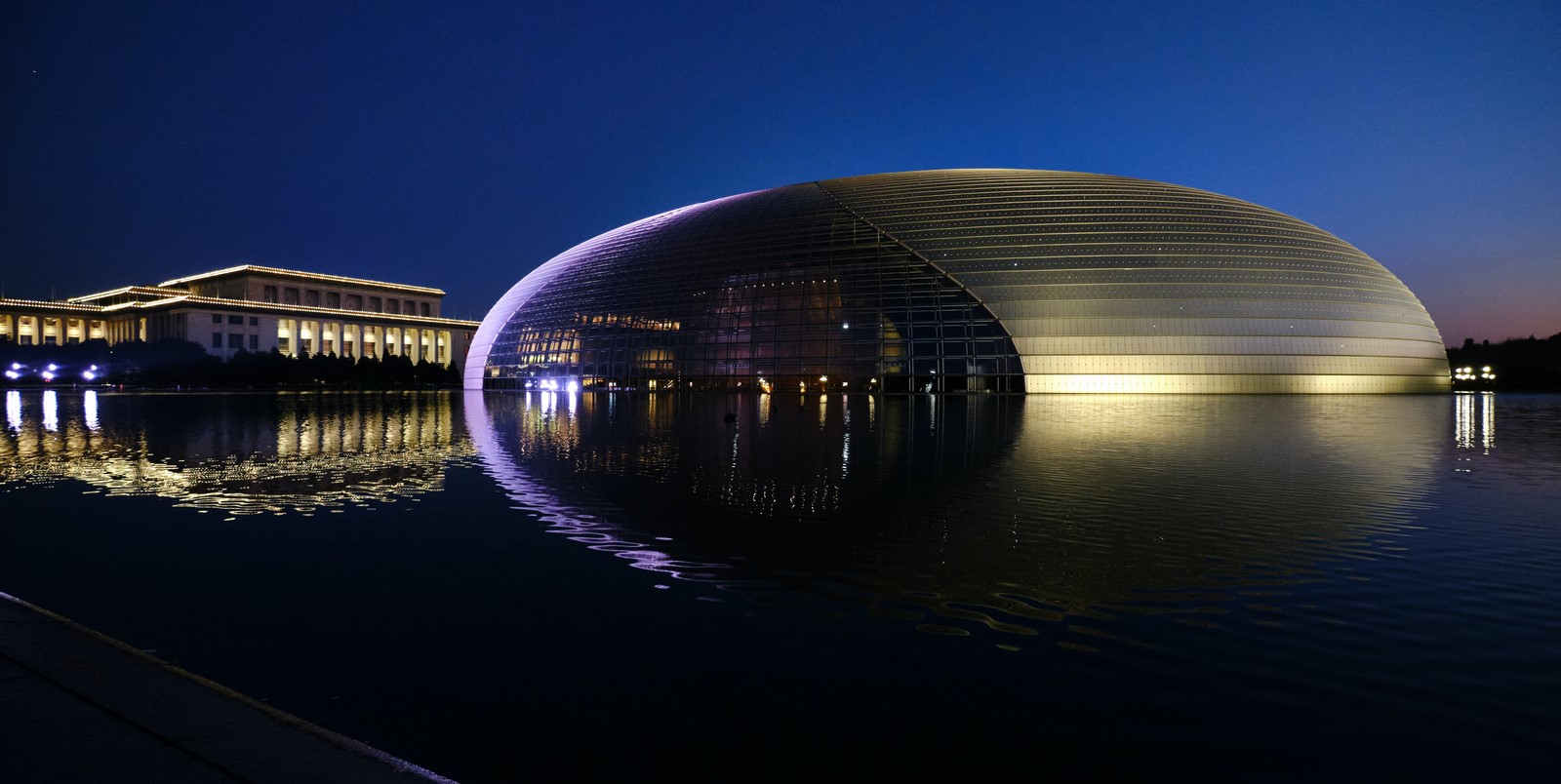
Ningbo History Museum
The museum stands as symbolic of the culture and tradition of Ningbo. The form of the structure has a unique concept by the Pritzker prize-winning architect Wang Shu, who has amalgamated the rigidity of the mountains with the smoothness and fluidity of the ocean water. Richly historic and symbolic of Ningbo, the Museum is shaped like a boat and a mountain referring to an existing landmark of the area and holding deep meaning. The comprehensive structure and architecture are exquisitely executed and are definitely worth watching.
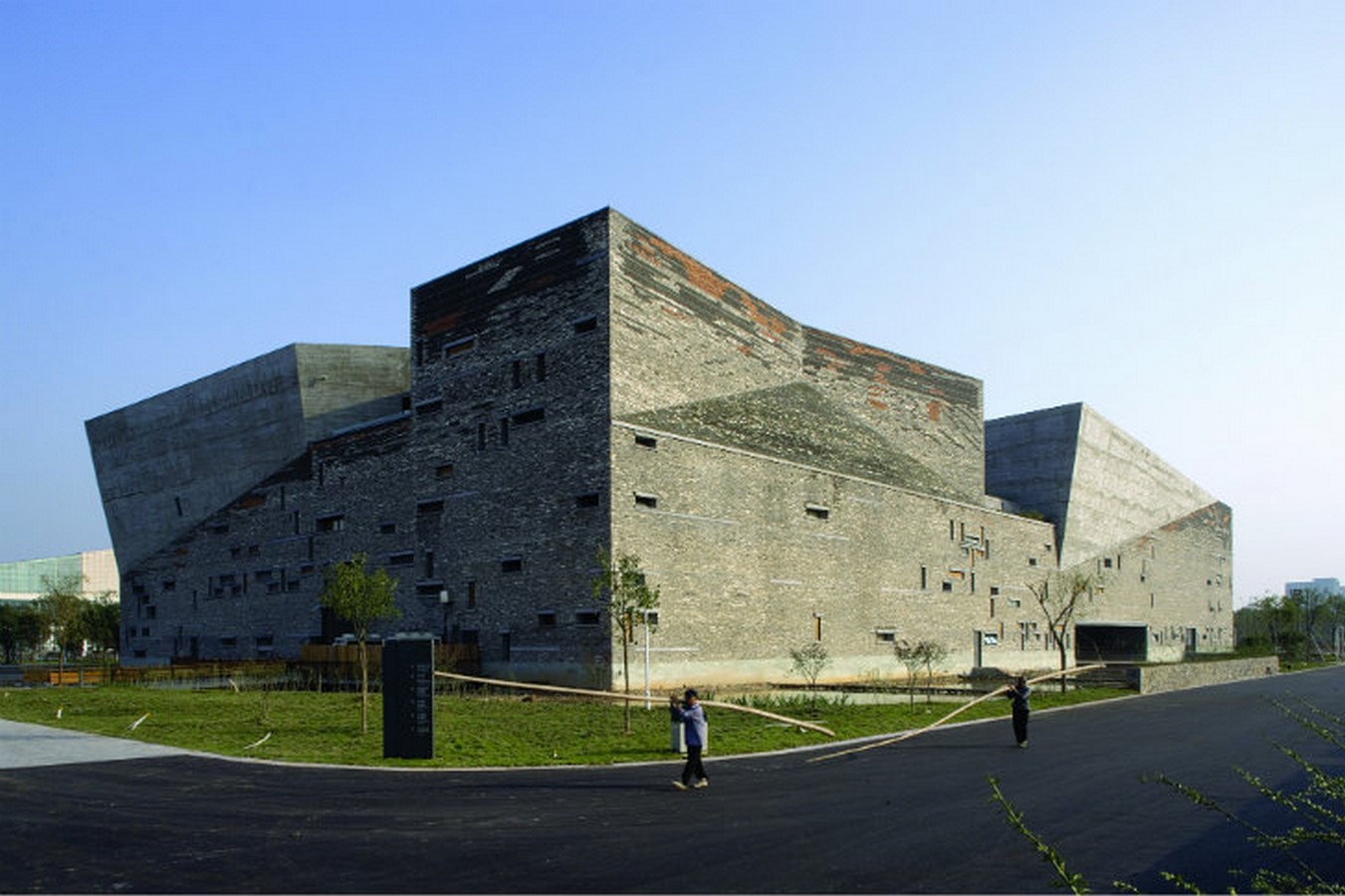
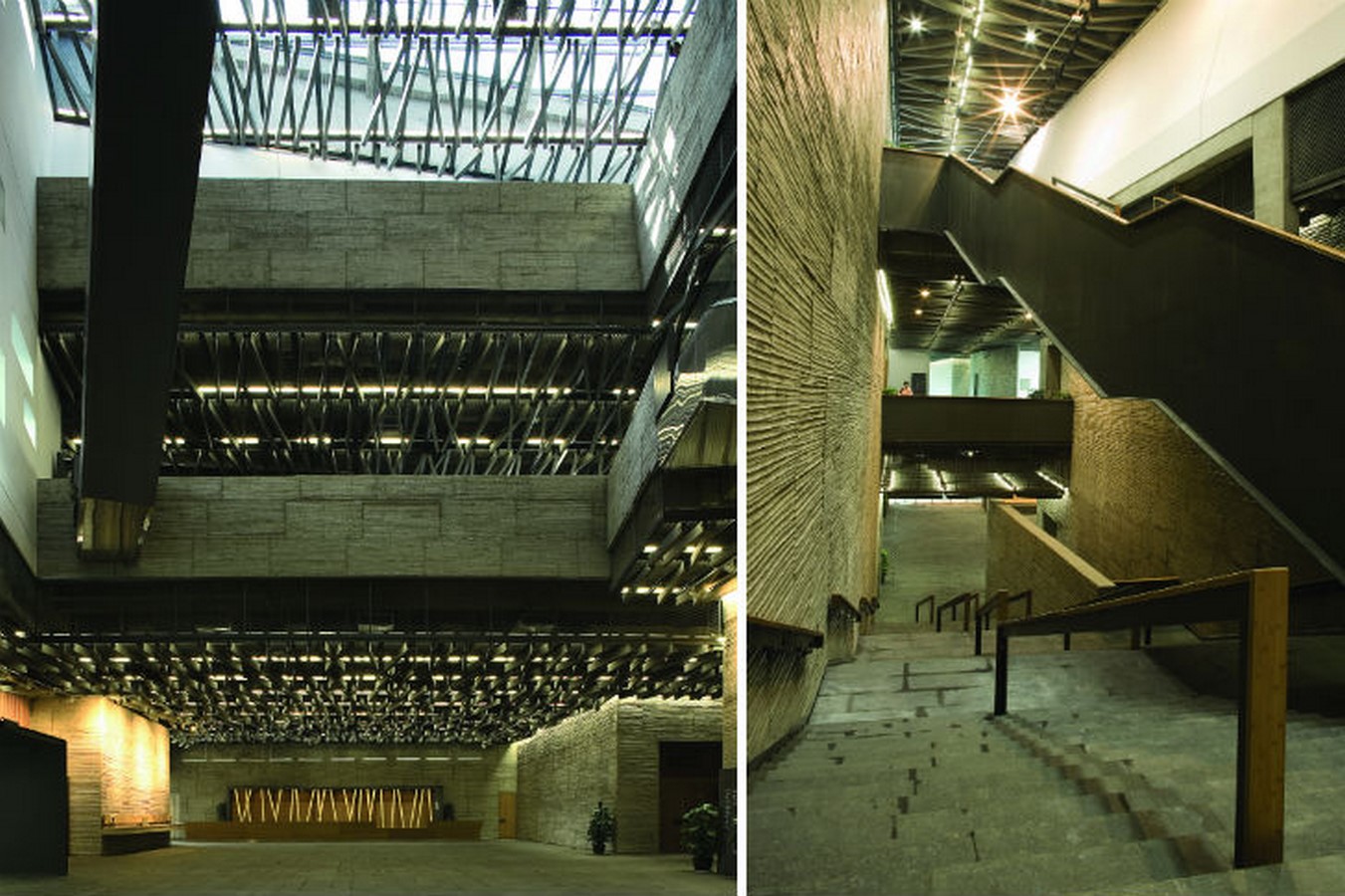
The Great Hall of the People | Buildings Of China
The roof under which many influential and course-changing decisions have been taken for the country, The Great Hall of the People is a fusion of foreign and Chinese Architecture, holding a unique identity and global architectural flavour. The designing and planning of the Hall involved well-known leading architects and designers of the country. Throughout its renovation, new additions have added more character and charm to the building, making it a witness to the course of time it has seen over the decades. It is a representation of Chinese dignity and pride and stands tall naturally gaining respect and admiration as a symbolic union of all Chinese all over the world.
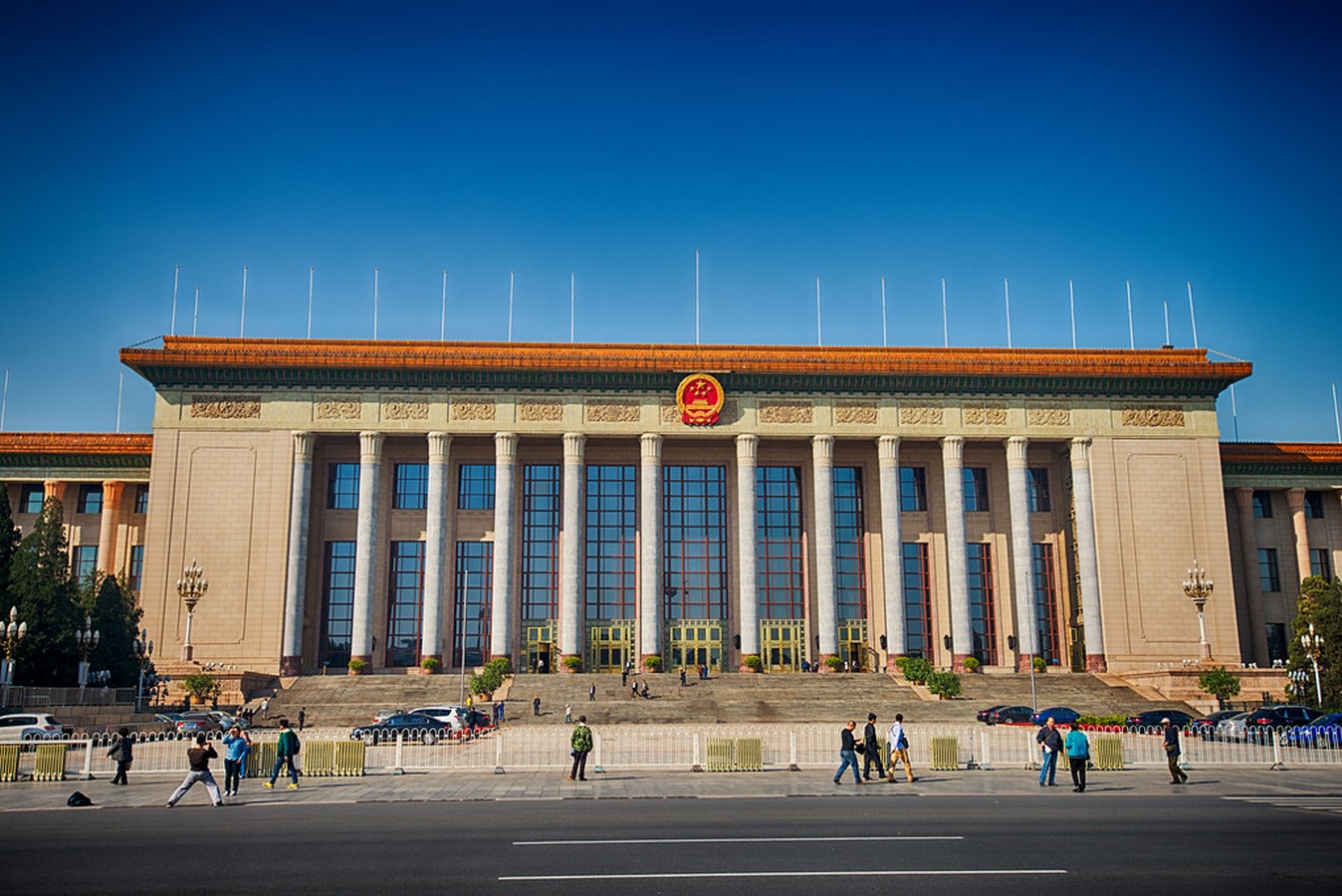
Guangzhou Opera house
Creating an evolved form inspired by nature and architecture, the structure depicts the formation of valleys and the meandering topography that results from the erosion of water. The dramatic curves that function as cafes, lobbies, and walkways, display this very landscape formation all the while creating a modern dialogue in the emerging urban setting of Guangzhou. The Opera house is situated near the river, its auditorium is adorned with the latest acoustic technology, and a smaller hall seating 400 people for smaller concerts and performances make it an architect’s most wanted site to visit.
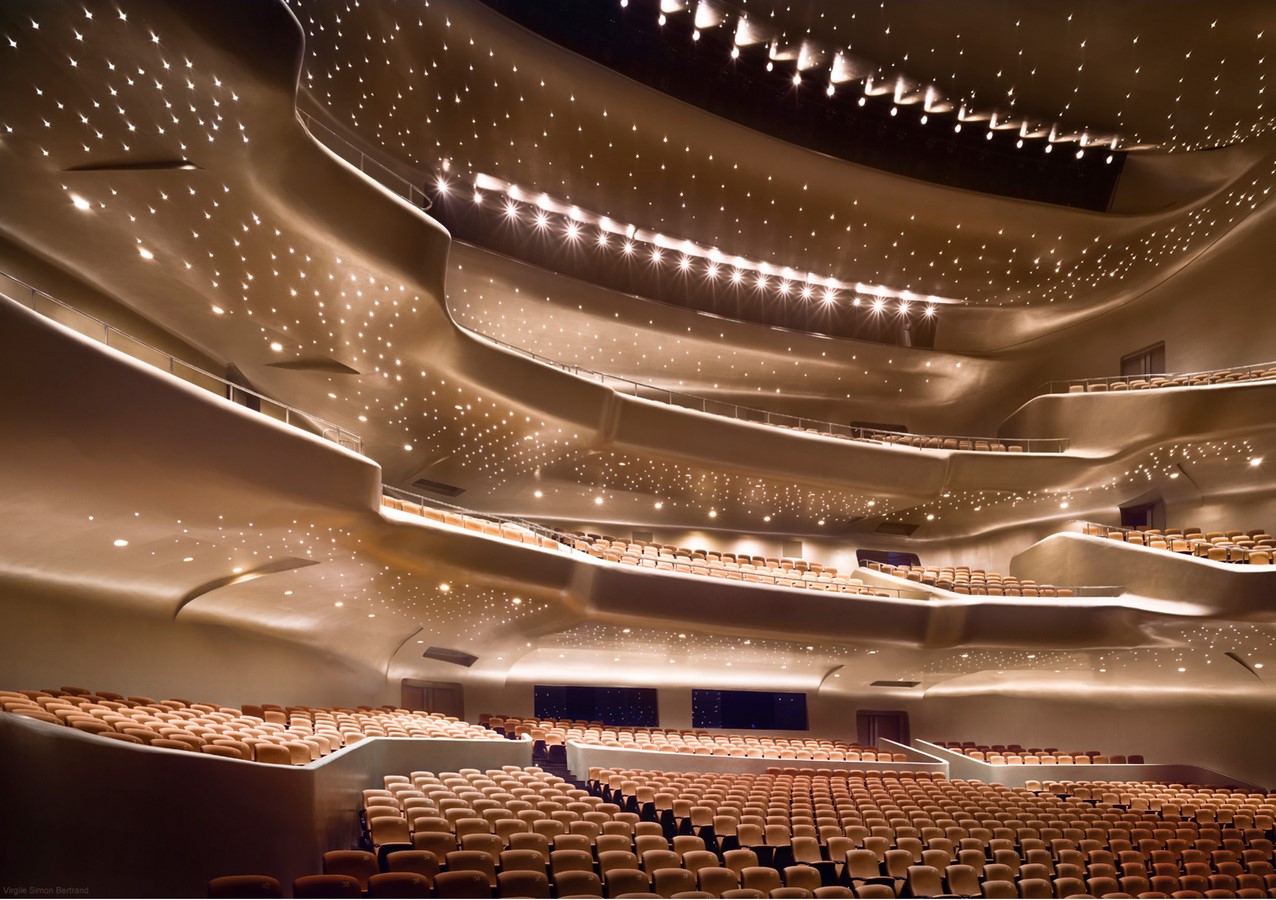
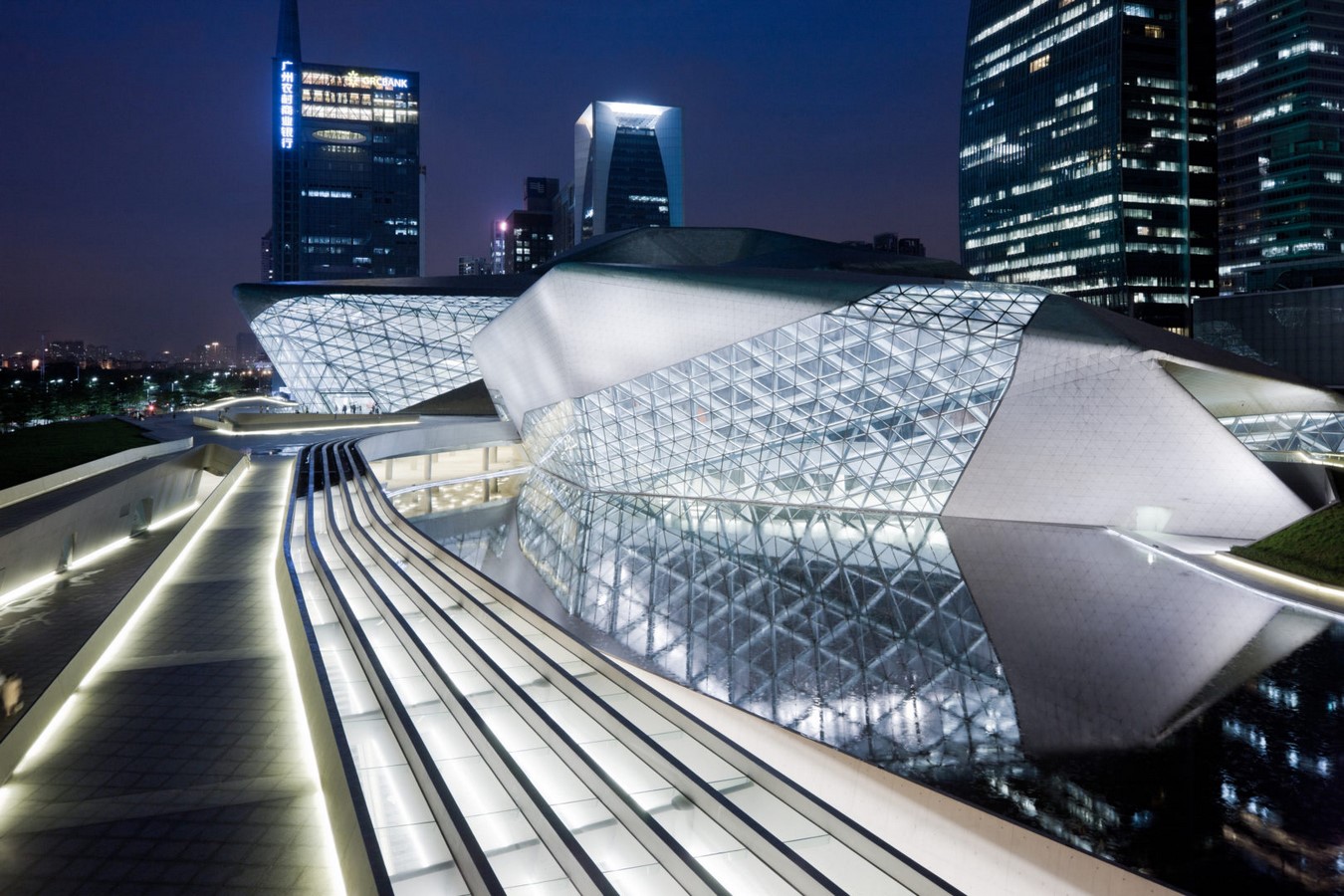
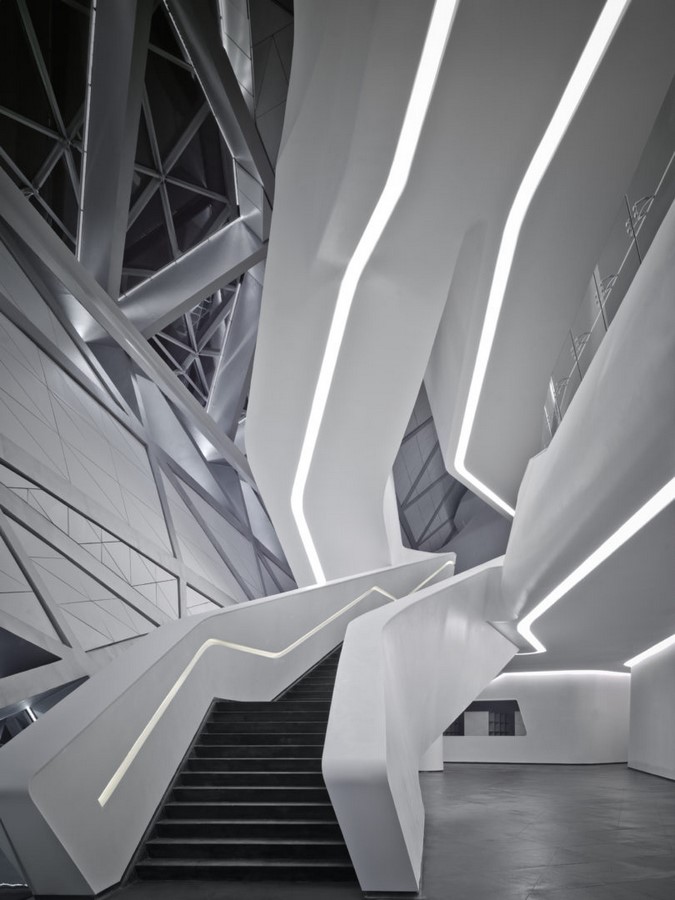
The Temple of Confucious | Buildings Of China
The Temple of Confucious in Qufu, located in the Shandong province of eastern China, is the birthplace of Confucious an ancient sage and founder of Confucianism. The temple is enclosed within walls that cover 49 acres of land and the town of Qufu expanded around it. Inside this complex, there are architectural marvels like pavilions, monuments, shrines, and temples. The large ceremonial Hall has a statue of Confucious with statues of his disciples. The enclosure also has the house, a tree the sage planted, and a well from which he drank. Not only does it hold spiritual importance, but also a great architectural marvel in China that every architect should visit.
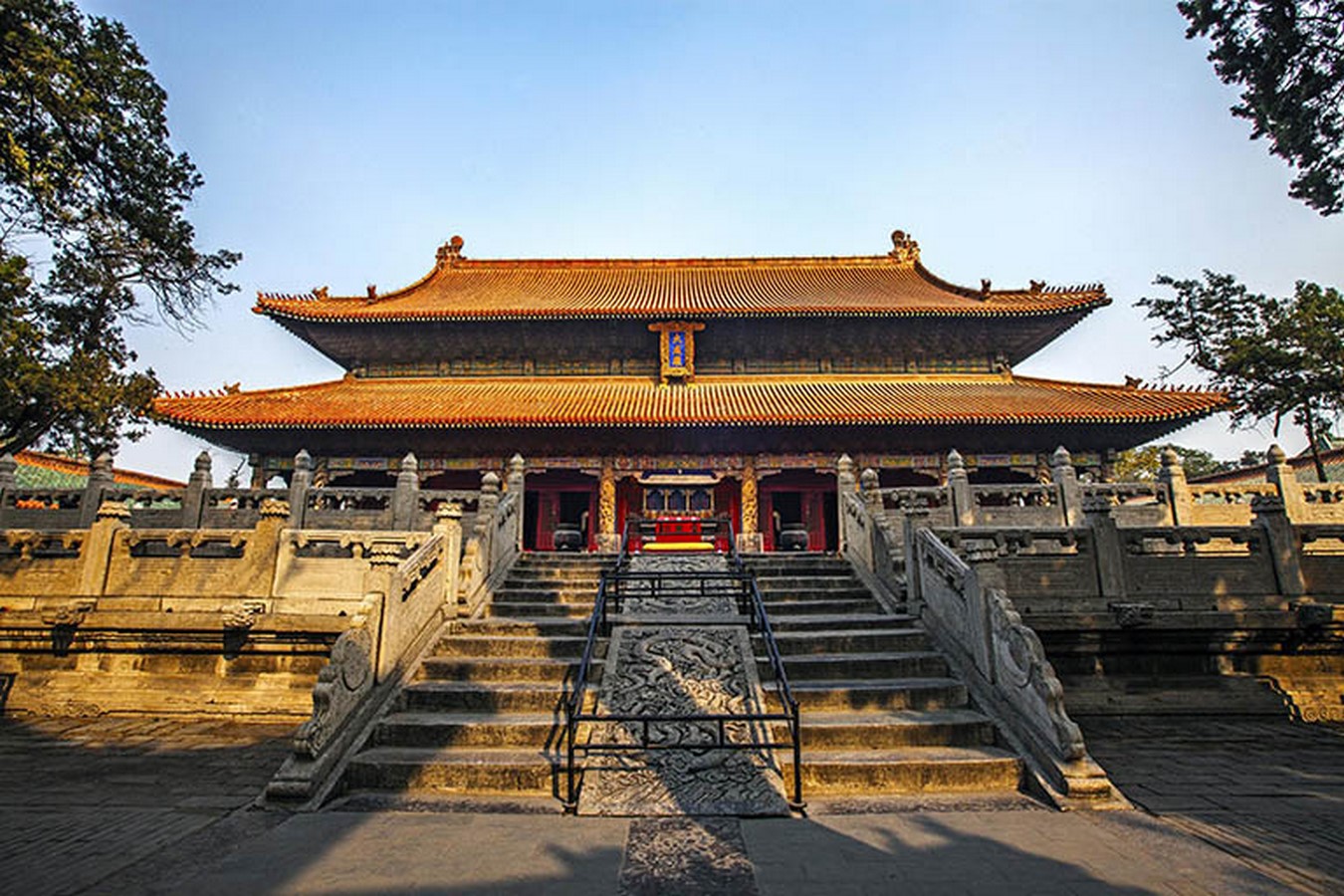
References
Architecture & Structural Engineering of National Stadium (Bird’s Nest) for Beijing Olympics 2008. (n.d.). Arup. Retrieved October 28, 2022, from https://www.arup.com/projects/chinese-national-stadium
5 Interesting Facts about the construction of the Great Wall of China – HISTRUCTURAL – SAHC. (2018, December 26). SAHC blog. Retrieved October 28, 2022, from https://blog.msc-sahc.org/5-interesting-facts-about-the-construction-of-the-great-wall-of-china/
Forbidden City | History, Facts, & Map | Britannica. (2022, August 31). Encyclopedia Britannica. Retrieved October 28, 2022, from https://www.britannica.com/topic/Forbidden-City
The Great Wall of China, an architectural marvel. (n.d.). Encyclopedia Britannica. Retrieved October 28, 2022, from https://www.britannica.com/video/179589/Overview-Great-Wall-of-China
Guangzhou Opera House – Zaha Hadid Architects. (n.d.). Zaha Hadid Architects. Retrieved October 28, 2022, from https://www.zaha-hadid.com/architecture/guangzhou-opera-house/
Keskeys, P. (n.d.). Modernism in Ruins: Exploring China’s Abandoned Architecture Park. Architizer. Retrieved October 28, 2022, from https://architizer.com/blog/inspiration/stories/jinhua-architecture-park/
✅ Ningbo Historic Museum – Data, Photos & Plans. (n.d.). WikiArquitectura. Retrieved October 28, 2022, from https://en.wikiarquitectura.com/building/ningbo-historic-museum/
Oriental Pearl TV Tower – Arch Journey. (n.d.). Arch Journey. Retrieved October 28, 2022, from https://archjourney.org/projects/oriental-pearl-tv-tower/
Qufu | China | Britannica. (n.d.). Encyclopedia Britannica. Retrieved October 28, 2022, from https://www.britannica.com/place/Qufu
Shi, S. (n.d.). 25 Must-See Buildings in China | Britannica. Encyclopedia Britannica. Retrieved October 28, 2022, from https://www.britannica.com/list/25-must-see-buildings-in-china
Temple of Heaven: an Imperial Sacrificial Altar in Beijing. (n.d.). UNESCO World Heritage Centre. Retrieved October 28, 2022, from https://whc.unesco.org/en/list/881/gallery/
Volner, I. (n.d.). Chaoyang Park Plaza. Architect Magazine. Retrieved October 28, 2022, from https://www.architectmagazine.com/project-gallery/chaoyang-park-plaza_o








